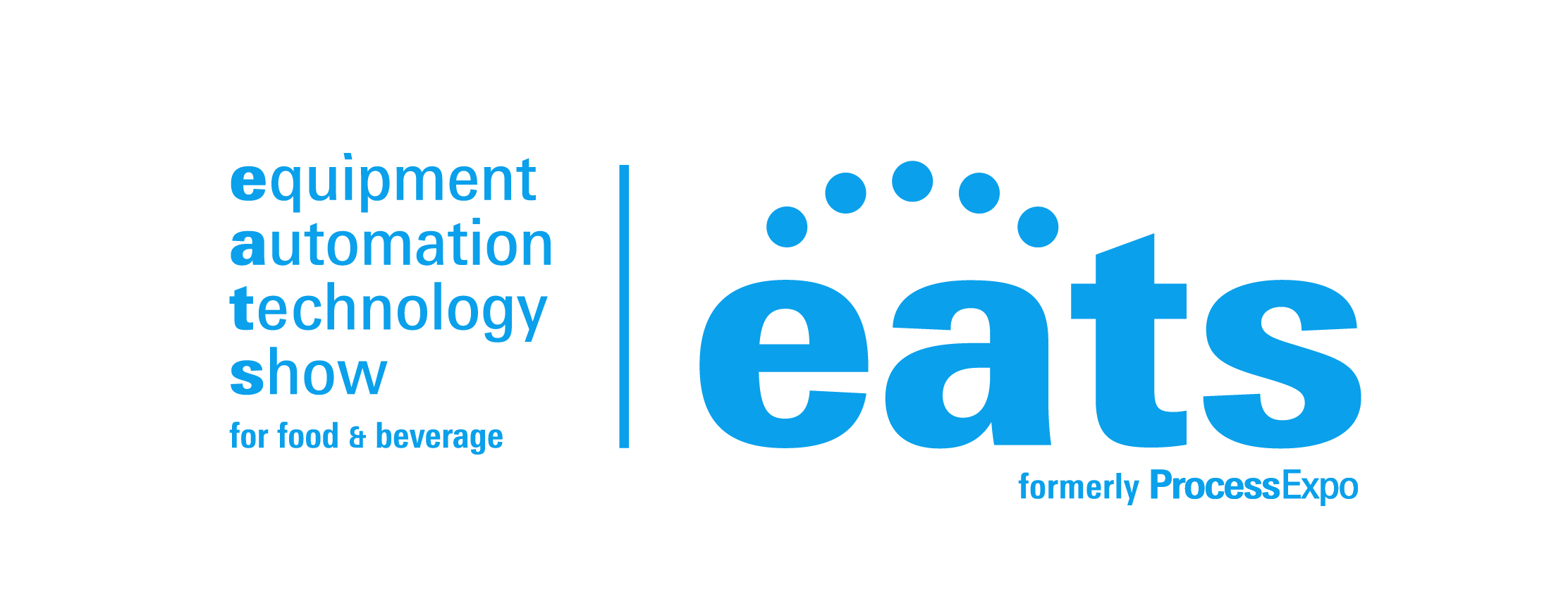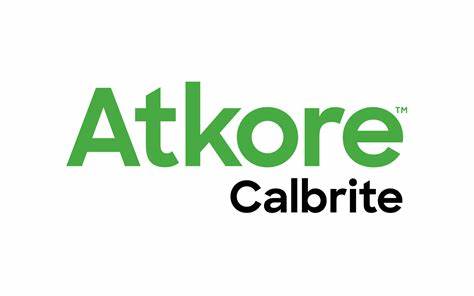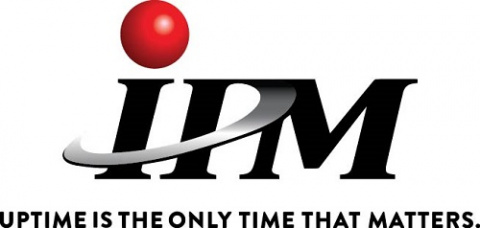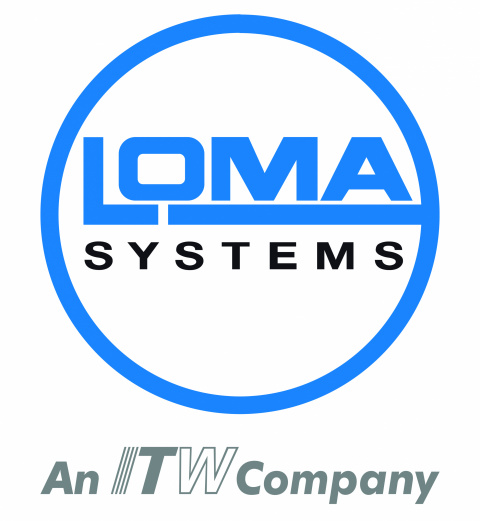The IRS has provided additional guidance on coronavirus-related distributions and special participant loan terms applicable to retirement plans under the CARES Act. The definition of a qualified individual has expanded to make coronavirus-related distributions and the special participant loan terms more accessible. The guidance also clarifies that retirement plan provisions in the CARES Act are optional and provides direction on tax treatment and administration of coronavirus-related distributions.
Since the Coronavirus Aid, Relief and Economic Security Act (CARES Act) retirement plan sponsors and participants have requested clarification regarding certain provisions that temporarily increase access to plan distributions (in the form of “coronavirus-related distributions”) and participant loans, and also relax loan repayment terms for participants who are “qualified individuals.”
The Internal Revenue Service (IRS) addressed some questions informally on its website in the form of questions and answers. And the IRS has issued its long-awaited guidance on retirement plan-related provisions in the CARES Act in Notice 2020-50.
What Plan Distribution and Loan Provisions Are Included in the CARES Act?
Under the CARES Act, coronavirus-related distributions of up to $100,000 may be made from eligible retirement plans between Jan. 1 and Dec. 30, 2020. Such distributions are not subject to the 10 percent additional tax that otherwise generally applies to distributions made before an individual reaches age 59½.
These coronavirus-related distributions may be included in a participant’s income in equal installments over a three-year period and may be recontributed over a three-year period to a plan or IRA to “undo” the tax consequences of the distribution.
Special plan loan provisions are also provided under the CARES Act for qualified individuals. These plan provisions may suspend loan repayments that are due through Dec. 31, 2020, and the dollar limit on loans made through Sept. 22, 2020 is raised from $50,000 to $100,000 (or up to 100 percent of vested account balance).
Who is a Qualified Individual?
Only participants who certify that they are qualified individuals may receive coronavirus-related distributions or take advantage of the participant loan relief provided under the CARES Act.
Under the CARES Act, a qualified individual is anyone who:
-
- Is diagnosed, or whose spouse or dependent is diagnosed, with the virus SARS-CoV-2 or COVID-19 by a test approved by the Centers for Disease Control and Prevention (including a test authorized under the Federal Food, Drug, and Cosmetic Act)
- Experiences adverse financial consequences as a result of the individual, the individual's spouse, or a member of the individual's household (that is, someone who shares the individual's principal residence):
-
- Being quarantined, being furloughed or laid off, or having work hours reduced due to COVID-19
- Being unable to work due to lack of childcare due to COVID-19
- Closing or reducing hours of a business that they own or operate due to COVID-19
- Having pay or self-employment income reduced due to COVID-19
- Having a job offer rescinded or start date for a job delayed due to COVID-19
Notice 2020-50 expands the definition of qualified individual i) by expanding the definition of adverse financial consequences to include factors such as reductions in pay, rescissions of job offers, and delayed start dates and ii) to include a participant’s spouse or household member who experiences adverse financial consequences.
Plan administrators may rely on an individual's certification that the individual is a qualified individual, absent actual knowledge to the contrary. A model certification is provided in the notice. Regardless of the certification, an individual must actually be a qualified individual in order to obtain favorable tax treatment.
Are the Distribution and Loan Provisions in the CARES Act Required Changes?
Notice 2020-50 clarifies that the provisions in the CARES Act which provide for coronavirus-related distributions and temporary changes to the participant loan rules are optional. A plan sponsor may decide the extent to which such provisions are adopted.
Are There Special Rules Related to the Suspension of Loan Repayments?
Notice 2020-50 provides a safe harbor procedure for implementing the suspension of loan repayments otherwise due through the end of 2020. However, plan sponsors are not required to follow the safe harbor, as the notice acknowledges that other reasonable ways to administer the loan repayment rules are permissible.
Under the safe harbor, a qualified individual’s obligation to repay a plan loan may be suspended for any period beginning on or after March 27, 2020, and ending not later than Dec. 31, 2020 (referred to as the suspension period). Loan repayments must resume after the end of the suspension period, and the term of the loan may be extended by up to one year from the date the loan was originally due to be repaid.
The suspension will not cause the loan to be deemed distributed even if, because of the suspension, the term of the loan exceeds five years. Interest accruing during the suspension period must be added to the remaining principal of the loan. The loan must be reamortized and repaid in substantially level installments over the remaining period of the loan (i.e., five years from the date of the loan, assuming that the loan is not a principal residence loan, plus up to one year from the date the loan was originally due to be repaid). An employer may choose to permit a suspension period that is less than the maximum suspension period and may subsequently choose to extend the suspension period, but not beyond Dec. 31, 2020.
What Must a Plan Sponsor Do to Provide for Coronavirus-Related Distributions and Recontributions?
A plan sponsor may expand the distribution options under its plan to permit elective, qualified nonelective, qualified matching, or safe harbor contributions to be distributed as a coronavirus-related distribution, even though it is distributed before an otherwise permitted distributable event, such as severance from employment, disability, or attainment of age 59½. Otherwise, the rules for when plan distributions are permitted to be made from employer retirement plans have generally not changed.
For example, a pension plan is not permitted to make a distribution:
- Before an otherwise permitted distributable event even though the distribution, if made, would qualify as a coronavirus-related distribution
- Under a distribution form that is not a qualified joint and survivor annuity without spousal consent even though the distribution, if made, could be treated as a coronavirus-related distribution
An employer is permitted to choose whether, and to what extent, to treat distributions under its plans as coronavirus-related distributions. A plan administrator is permitted to develop any reasonable procedures for identifying which distributions are treated as coronavirus-related distributions under its retirement plans. Even if a distribution is not treated as coronavirus-related by the plan sponsor, a qualified individual may treat a distribution that meets the requirements of a coronavirus-related distribution as such on the individual's federal income tax return.
A qualified individual need not be offered a direct rollover for a coronavirus-related distribution, and the plan administrator is not required to provide a Section 402(f) notice (despite the possibility of being recontributed). A plan administrator or payer of the coronavirus-related distribution is not required to withhold 20 percent of the distribution, but voluntary withholding applies.
It is anticipated that eligible retirement plans will accept recontributions of coronavirus-related distributions, which are to be treated as rollover contributions. However, a plan is not required to accept recontributed coronavirus-related distributions if it does not accept rollover contributions.
The notice also provides guidance on how qualified individuals will reflect the tax treatment of coronavirus-related distributions (and recontributions) on their federal income tax filings.
Do These Changes Impact Nonqualified Deferred Compensation Plans?
A nonqualified deferred compensation plan subject to Section 409A may provide for cancellation of a service provider's deferral election, or such a cancellation may be made, due to an unforeseeable emergency or a hardship distribution. For this purpose, a coronavirus-related distribution is considered a hardship distribution. Accordingly, a nonqualified deferred compensation plan may provide for a cancellation of the service provider's deferral election, or such a cancellation may be made, due to a coronavirus-related distribution. The deferral election must be canceled, not merely postponed or delayed.
Action Steps for Plan Sponsors
During these continuing uncertain times, plan sponsors should consider the following best practices:
- Work with service providers to implement desired plan changes
- Ensure that service providers are communicating with impacted participants regarding revised loan repayment schedules
- Ensure that service providers are using the “updated” definition of qualified individual for purposes of certification (follow model provided by IRS)
- Communicate with participants regarding retirement plan changes
- Consider the impact of coronavirus-related distributions on deferral elections made under nonqualified deferred compensation plans
- Encourage participants to consult with their tax advisers regarding the tax treatment of coronavirus-related distributions and recontributions
- Work with employee benefits counsel to amend plans timely and provide updated summary plan descriptions or summaries of material modifications
[***Please note that these materials are provided for informational purposes only and should not be a substitute for legal or accounting advice. In all instances, individuals and companies should consult with their own legal and accounting professionals]
As many states start to ease or lift many of the restrictions that forced businesses to cease operations during the COVID-19 outbreak, companies across the country are poised to restart their businesses. A plethora of legal issues – including with respect to employees – will be facing employers as they pursue a “return to normal.” Companies that have unionized workforces need to be cognizant of the specific labor law issues under the National Labor Relations Act (NLRA) that will likely come into play.
Bargaining Obligations
Companies generally have a duty to bargain on any changes they make to the terms and conditions of union-represented employees’ employment. This is true regardless of whether the change is favorable or detrimental to an employee. For example, if a company wants to offer premium hazard pay for unionized employees who work under certain conditions, but its labor agreement is silent on that issue, the employer technically still must bargain with the workers’ union before implementing that enhanced benefit (i.e., change). Similarly, a company generally must bargain changes that negatively impact union-represented workers, such as wage cuts or layoffs.
Critically, however, companies may have contract language or other union waivers to bargaining– such as via a past practice – that enable them to take unilateral action on these issues. A best practice is for companies to carefully evaluate their potential bargaining obligations around the various aspects of any restart plan to ensure those are dealt with beforehand, as this can help stave off costly and time intensive grievance and unfair labor practice proceedings.
Information Requests
Union requests for information have been on the rise since the onset of the pandemic in relation to various topics, such as policies being implemented in response to COVID-19. Don’t expect that trend to ease up anytime soon. As companies restart their operations, they should anticipate requests from unions related to their plans, such as recall procedures, social distancing compliance plans, personal protective equipment plans, etc. Employers, of course, generally must give unions information that pertains to things directly impacting their members’ terms and conditions of employment. Failure to fulfill the duty of furnishing relevant information can result in harsh consequences for companies.
Things get more complicated when it comes to certain nuanced union information requests, such as information on employees who have tested positive for the virus and related questions. A best practice is to thoroughly evaluate the legal obligations surrounding each request received from a union, craft a response that meets those obligations, and memorialize the response in writing to stave off any allegations the employer somehow has failed to respond.
Contract Administration
Most often inconsistency is a killer for employers when it comes to labor relations. For example, inconsistent attendance policy enforcement can provide an opportunity for unions to argue to an arbitrator or the National Labor Relations Board that discrete terminations based on attendance were based on improper motivations in light of selective administration in the past. For better or worse, many companies – including those with unions – relaxed their attendance and other policies when the pandemic first hit. To the extent companies are or have been doing anything along these lines, a best practice is to memorialize with the union that this was done on a one-time, non-precedent setting basis to help employees during unprecedented times. This can potentially help mitigate “inconsistent enforcement” arguments in proceedings down the road.
These highlight just some of the many labor law challenges unionized employers may face as they restart their businesses. Non-union employers desiring to remain union free also need to be cognizant of what many are predicting to be an onslaught of union organizing activity. The COVID-19 pandemic has been unprecedented on countless fronts, and labor relations is no exception.

































